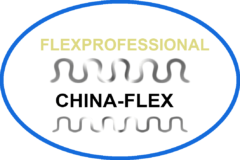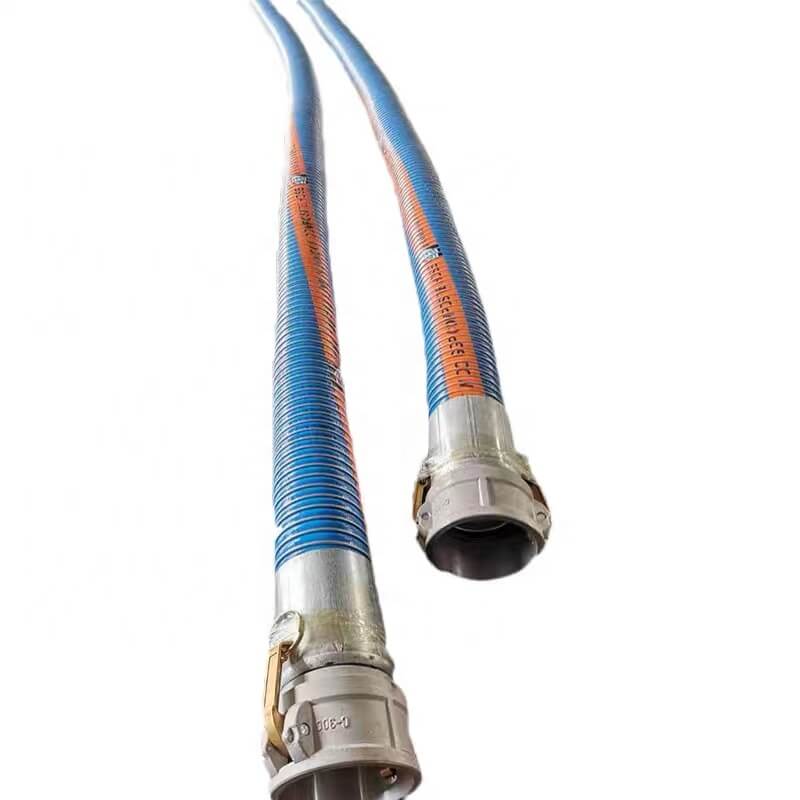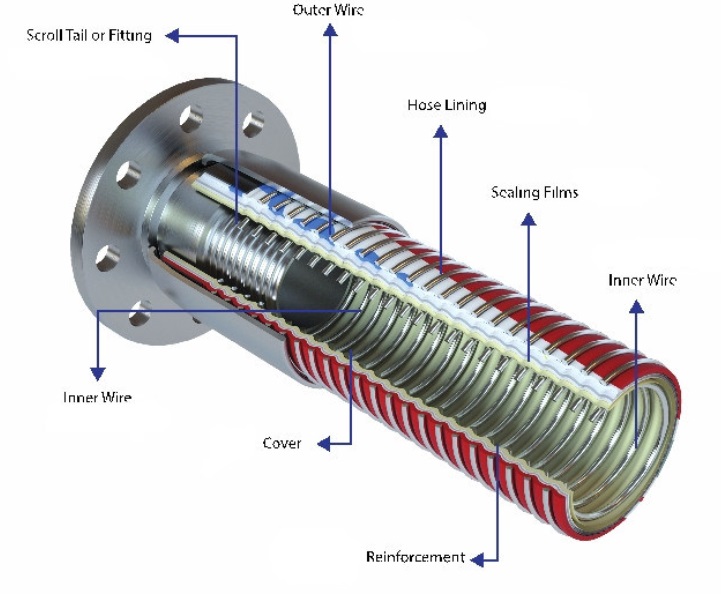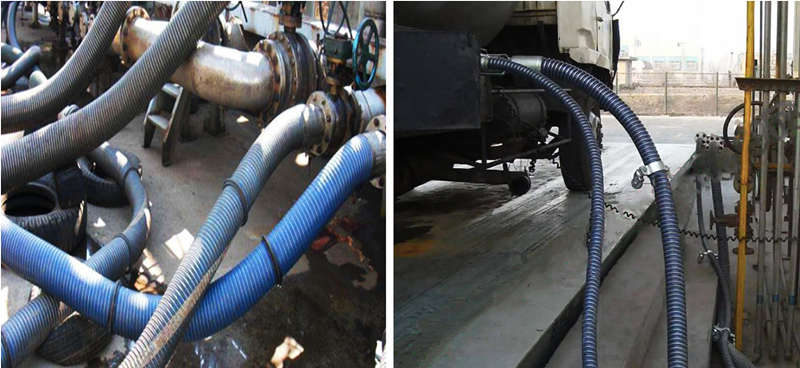Introduction
Composite hoses are a vital component in various industries due to their unique structure and versatile applications. These hoses are engineered to provide a combination of flexibility, durability, and chemical resistance, making them indispensable in transporting a wide range of fluids and gases. In this article, we will explore the structure of composite hoses and delve into their diverse applications across different sectors.
Structure of Composite Hoses
Composite hoses are typically constructed from multiple layers of materials, each serving a specific purpose:
- Inner Liner: The innermost layer of a composite hose is the inner liner, which is designed to come into direct contact with the fluid being transported. It is typically made of materials such as polyethylene, PTFE (polytetrafluoroethylene), or rubber, depending on the type of fluid to be conveyed. This layer provides chemical resistance and prevents the fluid from permeating the hose.
- Reinforcement Layers: Composite hoses incorporate one or more layers of reinforcement, typically consisting of high-strength materials like fiberglass, aramid fibers, or stainless steel wires. These reinforcement layers enhance the hose’s structural integrity, ensuring it can withstand internal and external pressures while maintaining flexibility.
- Barrier Layers: Between the inner liner and reinforcement layers, composite hoses often feature barrier layers that act as a diffusion barrier. These layers prevent any permeation of the fluid or gas through the hose wall, ensuring the safety of the transported material.
- Outer Cover: The outermost layer of a composite hose is the cover, which protects the hose from environmental factors such as UV radiation, abrasion, and chemical exposure. The cover can be made from materials like polyvinyl chloride (PVC), polyurethane, or neoprene.
Applications of Composite Hoses
Composite hoses find applications in a wide range of industries due to their flexibility and resistance to various chemicals and environmental conditions. Some of the notable applications include:
- Chemical Industry: Composite hoses are extensively used for the transfer of acids, alkalies, and other corrosive chemicals. Their chemical-resistant inner liner ensures the safe transportation of hazardous materials.
- Petroleum Industry: These hoses are employed for the transfer of petroleum products, including gasoline, diesel, and various types of oils. The composite structure prevents leakage and ensures the integrity of the transported fluids.
- Food and Beverage Industry: Composite hoses with FDA-approved liners are utilized in the food and beverage industry to transport consumable liquids, ensuring compliance with hygiene and safety standards.
- Marine and Offshore: Composite hoses are crucial in ship-to-shore and ship-to-ship transfer operations, where they are used for the transfer of fuels, chemicals, and bulk liquids. Their flexibility is particularly advantageous in the dynamic marine environment.
- Pharmaceutical Industry: In pharmaceutical manufacturing, composite hoses with PTFE liners are employed to transport sensitive and high-purity fluids, ensuring product integrity and purity.
- Agriculture: These hoses are used for irrigation, chemical spraying, and fertilizer transfer in agriculture, thanks to their resistance to agricultural chemicals and UV radiation.
Conclusion
Composite hoses, with their well-engineered structure and versatile applications, play a pivotal role in numerous industries. Their ability to handle a wide range of fluids and gases while maintaining flexibility and chemical resistance makes them an indispensable tool for safe and efficient material transport. As technology continues to advance, the use of composite hoses is expected to expand further, contributing to safer and more efficient operations across various sectors.



